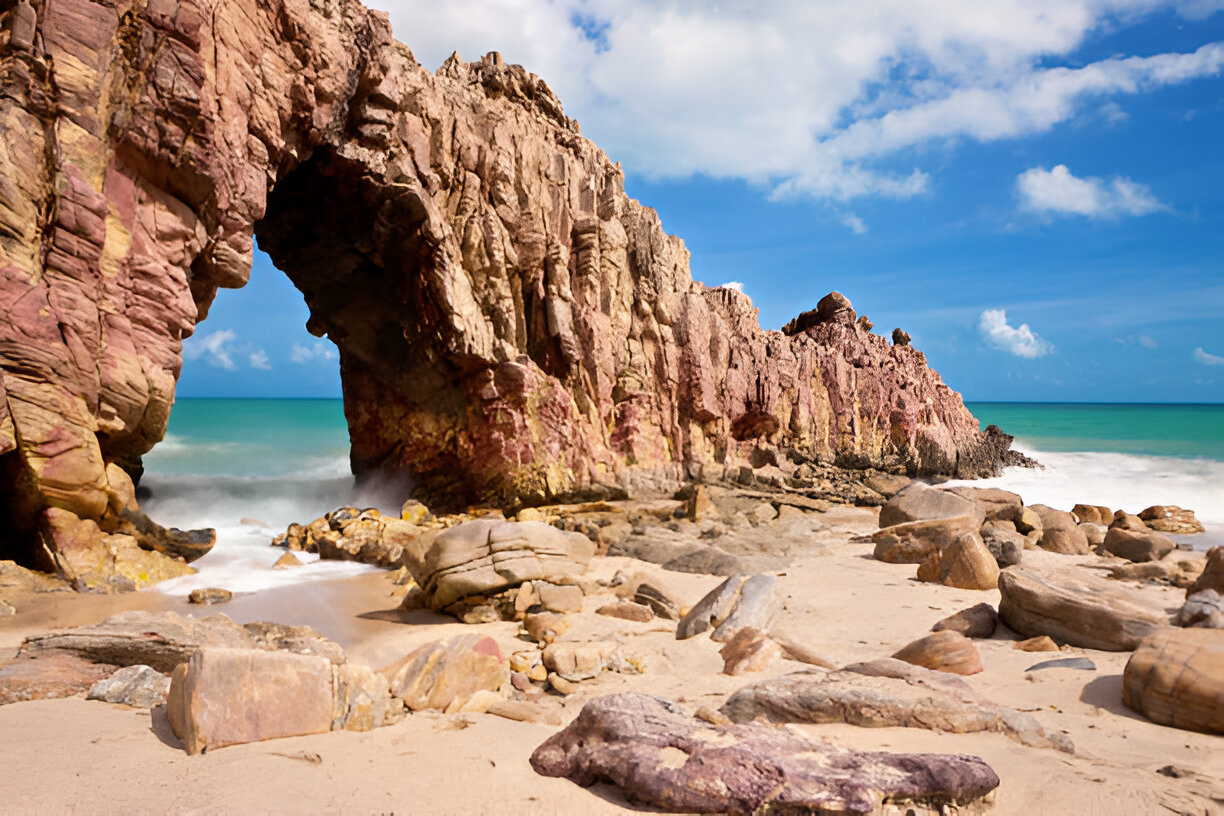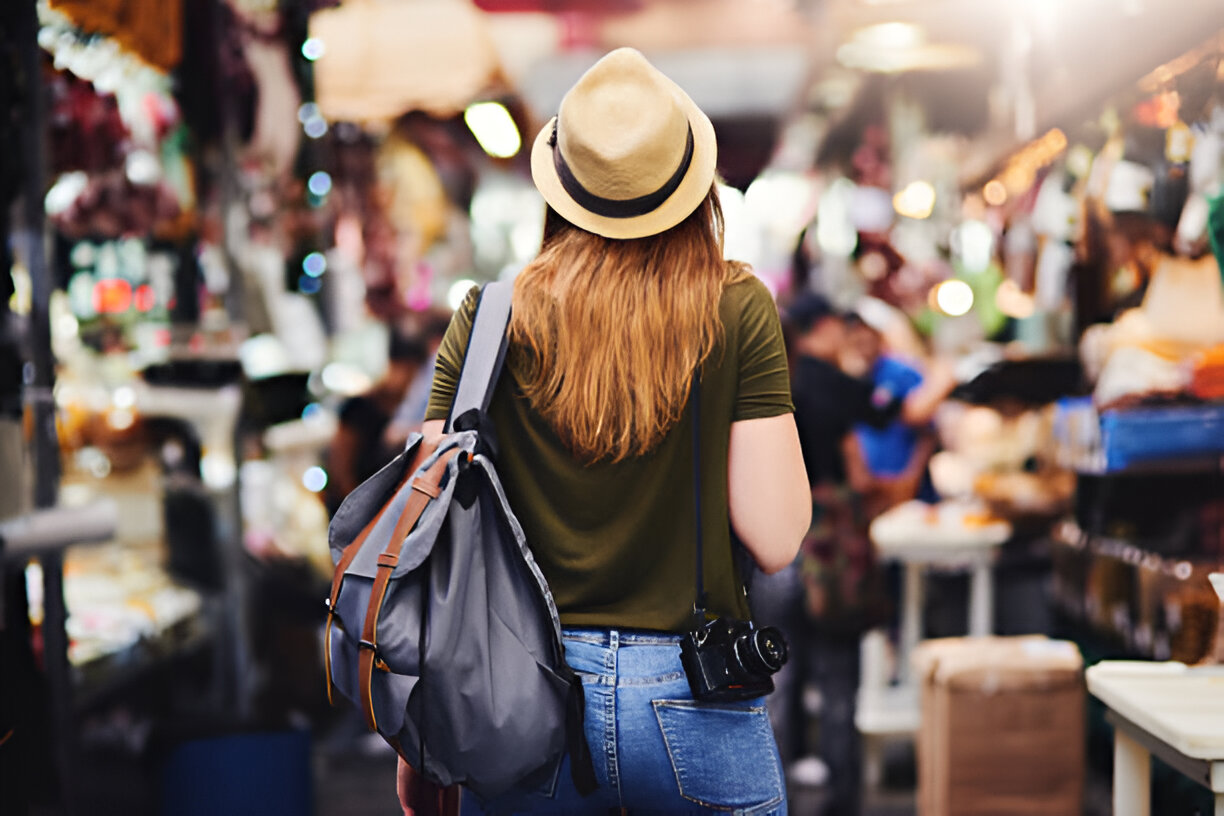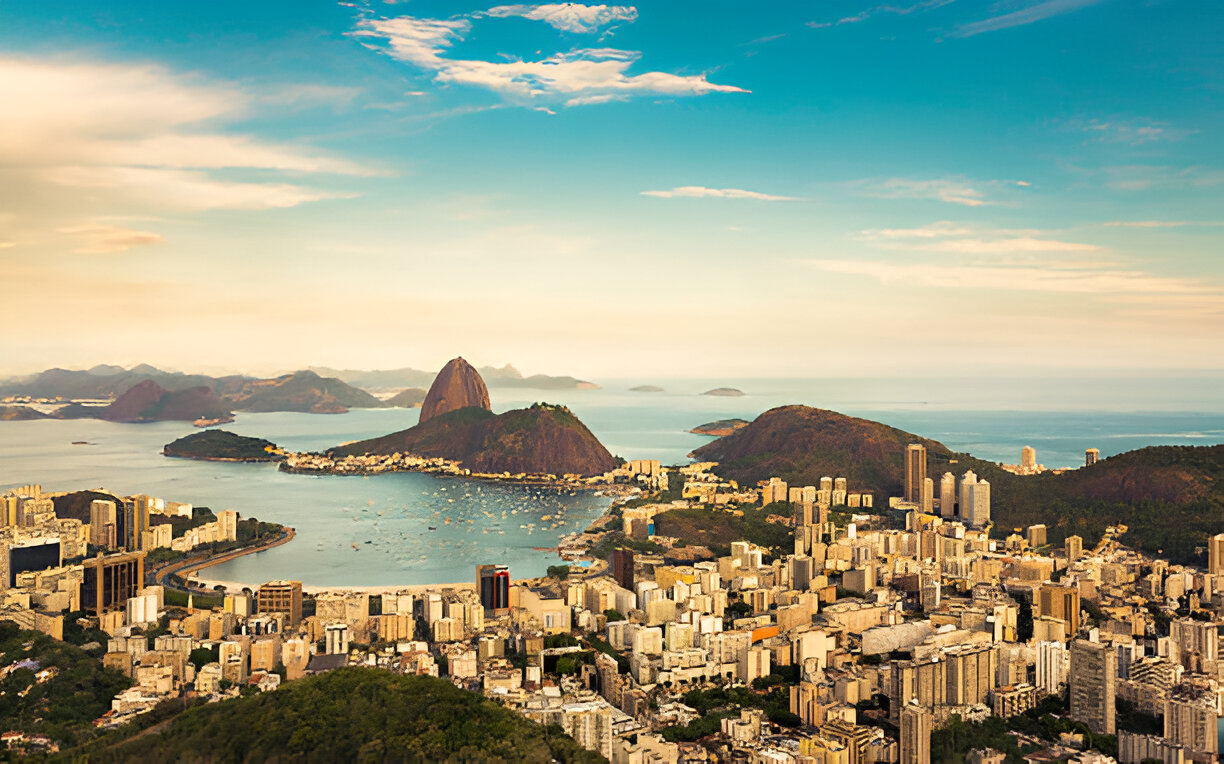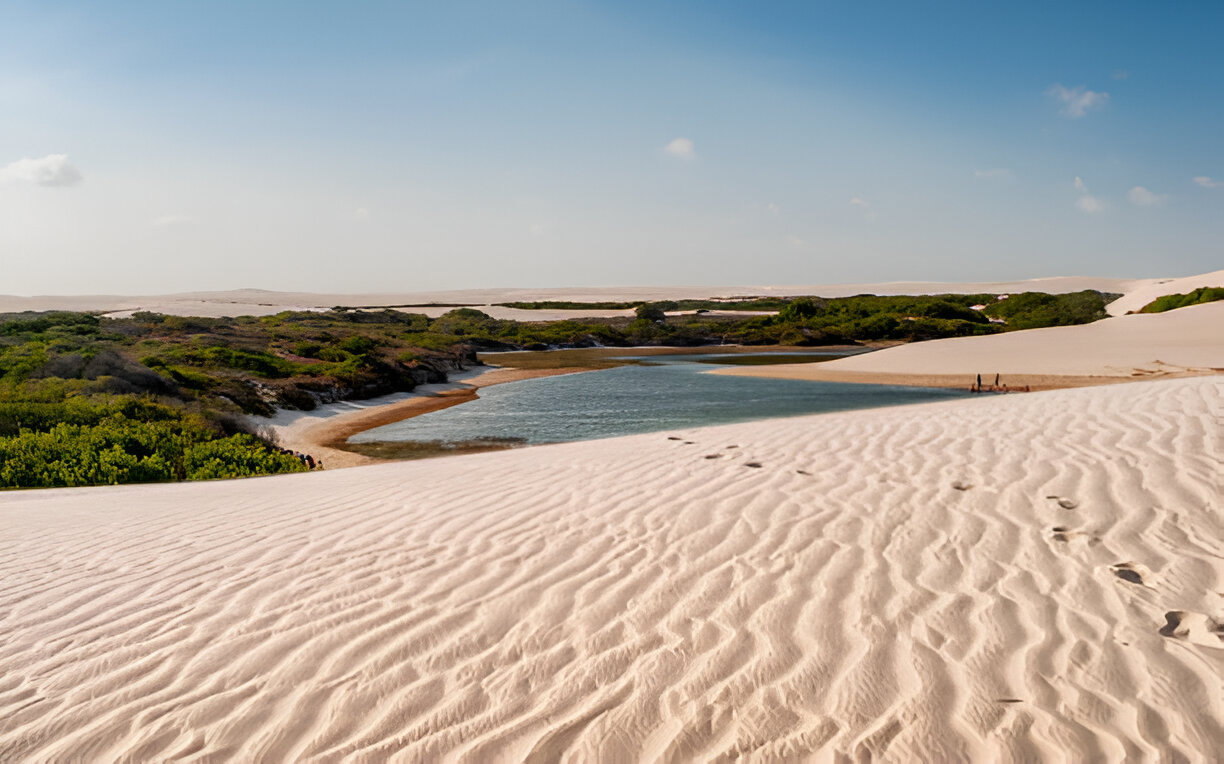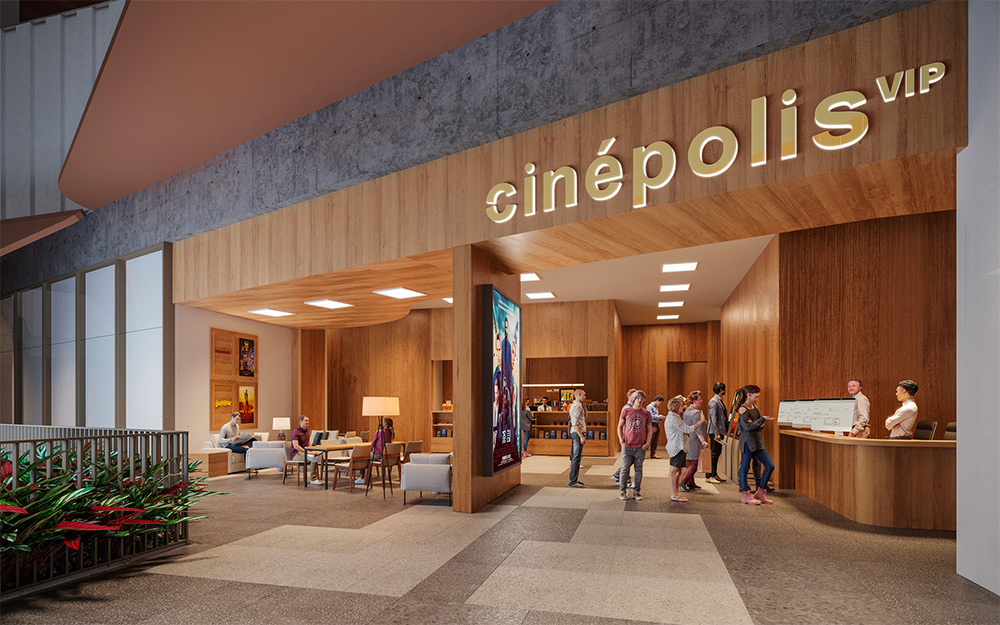Brazil, a country of vibrant culture and breathtaking landscapes, boasts a wealth of UNESCO Cultural Heritage sites that reflect its rich history, diverse communities, and stunning architecture.
Whether you’re a history enthusiast, an architecture admirer, or simply a curious traveler, exploring these sites is a journey into Brazil’s fascinating past and its cultural heartbeat.
Here’s a detailed guide to the 5 UNESCO Cultural Heritage sites in Brazil you need to visit, packed with everything you need to know for an unforgettable experience.
- Top 5 Beaches in Northeast Brazil You Can’t Miss
- Your Guide to Avoiding Common Mistakes Tourists Make in Brazil
- How to Plan your Trip to Rio de Janeiro with This Handy Guide
It’s time to konow the 5 UNESCO Cultural Heritage Sites in Brazil
1. Historic Center of Salvador de Bahia
Location: Salvador, Bahia
As Brazil’s first capital and a key port during the Atlantic slave trade, Salvador is a city where Afro-Brazilian culture thrives.
The Historic Center, known as Pelourinho, is a maze of pastel-colored colonial buildings, cobblestone streets, and baroque churches that tell the story of Brazil’s colonial past.
Salvador is not just a place to see; it’s a city to feel, with its infectious rhythms, vibrant street art, and culinary delights.
Highlights to Explore:
- Church of São Francisco: Adorned with gold leaf, intricate wood carvings, and stunning tile panels, this baroque masterpiece is a must-visit.
- Pelourinho Square: The heart of the Historic Center, where lively Capoeira demonstrations, street performers, and markets abound.
- Afro-Brazilian Museum: Learn about the cultural impact of African heritage on Brazil, from religion to music and art.
Cultural Experiences:
- Savor Bahian dishes like acarajé and moqueca at local restaurants.
- Participate in a samba de roda performance, a UNESCO-recognized intangible cultural heritage.
- Visit during the Yemanjá Festival in February for a spiritual celebration dedicated to the goddess of the sea.
Pro Tip: Schedule your visit to coincide with sunset for a magical view of the city’s pastel tones under golden light.
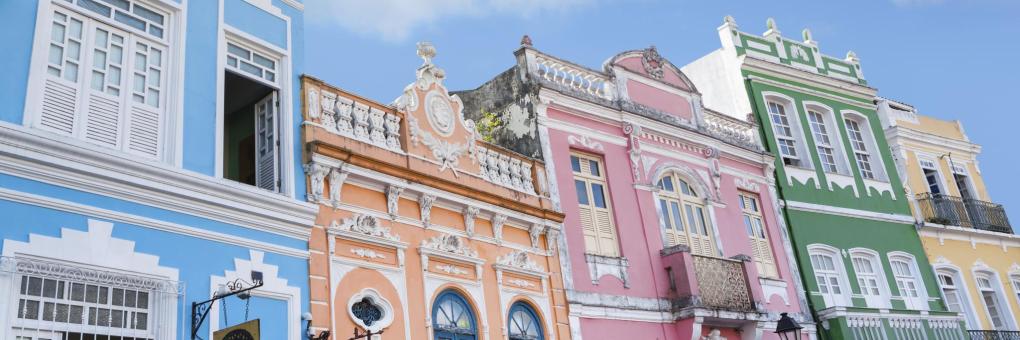
2. Ouro Preto
Location: Minas Gerais
Nestled in the rolling hills of Minas Gerais, Ouro Preto is a colonial-era town steeped in history and gold rush nostalgia.
Once the epicenter of Brazil’s gold trade, this UNESCO site is renowned for its baroque architecture and intricate sculptures by Aleijadinho, one of the country’s most famous artists.
Highlights to Explore:
- Igreja de São Francisco de Assis: Featuring Aleijadinho’s legendary carvings, this church is a masterpiece of Brazilian baroque art.
- Casa dos Contos: A museum that delves into Brazil’s colonial history and the lives of enslaved people who worked in the gold mines.
- Mina da Passagem: One of the largest gold mines open to visitors, where you can descend into its tunnels and learn about the mining process.
Cultural Experiences:
- Walk through the town’s cobblestone streets and visit artisan shops selling traditional crafts.
- Explore the Museu da Inconfidência, dedicated to Brazil’s independence movement.
- Enjoy local delicacies like pão de queijo and doce de leite, iconic treats of Minas Gerais.
Pro Tip: Visit during the Holy Week for elaborate religious processions and floral decorations that transform the town.

You will leave this website.
3. Brasília – Modernist Architecture
Location: Federal District
A city like no other, Brasília was designed in the 1960s by architect Oscar Niemeyer and urban planner Lúcio Costa as Brazil’s new capital.
Recognized by UNESCO for its innovative design, the city is a living showcase of modernist architecture and urban planning. Its unique layout, resembling an airplane or bird, reflects the vision of progress and unity.
Highlights to Explore:
- Cathedral of Brasília: With its soaring hyperboloid structure and vibrant stained glass, this iconic building is a masterpiece of modernist design.
- National Congress: The twin towers flanked by bowl-shaped structures are one of Brasília’s most photographed landmarks.
- Itamaraty Palace: Known as the “Palace of the Arches,” this building houses Brazil’s Ministry of Foreign Affairs and features a stunning water garden.
Cultural Experiences:
- Take a guided tour to learn about Niemeyer’s vision and the symbolism behind Brasília’s architecture.
- Visit the JK Memorial, dedicated to Juscelino Kubitschek, the visionary president who built Brasília.
- Explore the city’s cultural scene, including theaters, museums, and outdoor art installations.
Pro Tip: Rent a bike to explore the Esplanada dos Ministérios and surrounding landmarks in a leisurely way.
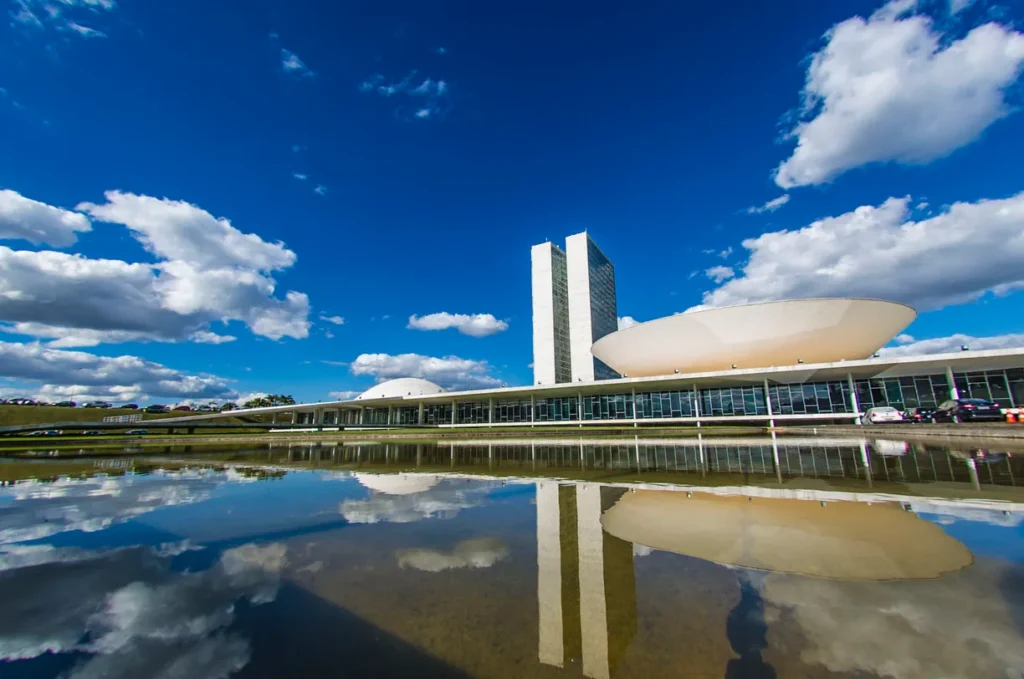
4. Iguaçu National Park
Location: Paraná
While famous for its natural beauty, Iguaçu National Park is also recognized as a UNESCO Cultural Heritage site for its role in conservation and indigenous history.
The park is home to Iguaçu Falls, a breathtaking cascade of 275 waterfalls that stretches across the border of Brazil and Argentina.
Highlights to Explore:
- Devil’s Throat: The most dramatic section of the falls, where you can stand on a platform and feel the mist on your face.
- Bird Park: Located near the park entrance, this sanctuary showcases exotic birds like toucans and macaws.
- Eco-Trails: Guided hikes through the rainforest offer a chance to see wildlife such as monkeys and jaguars.
Cultural Experiences:
- Learn about the Guarani people, the indigenous inhabitants of the area, and their deep connection to the land.
- Visit local craft markets to purchase handmade items supporting indigenous communities.
Pro Tip: Take a helicopter ride for a bird’s-eye view of the falls and the surrounding rainforest.
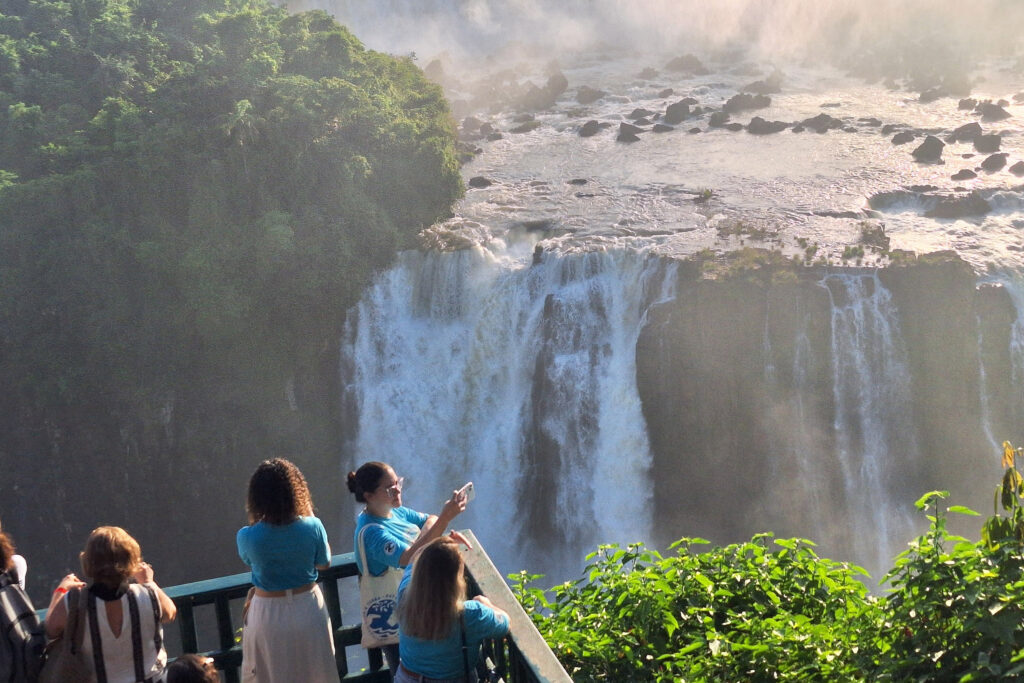
5. Historic Center of Olinda
Location: Pernambuco
Perched on a hill with views of the Atlantic Ocean, Olinda is a vibrant and colorful city that feels like a step back in time.
Its UNESCO-recognized Historic Center is a maze of colonial houses, baroque churches, and cobbled streets alive with art and music.
Highlights to Explore:
- Alto da Sé: Climb to this viewpoint for panoramic views of the city and ocean.
- Convento de São Francisco: The oldest Franciscan convent in Brazil, featuring beautiful azulejo tiles.
- Museu do Mamulengo: A unique museum dedicated to traditional Brazilian puppetry.
Cultural Experiences:
- Join the Carnival festivities, known for their giant puppets and frevo music.
- Wander through artisan workshops and galleries showcasing local art.
- Savor traditional dishes like tapioca and bolo de rolo at street markets.
Pro Tip: Visit during sunset to enjoy the golden hues on the colonial façades and capture stunning photos.
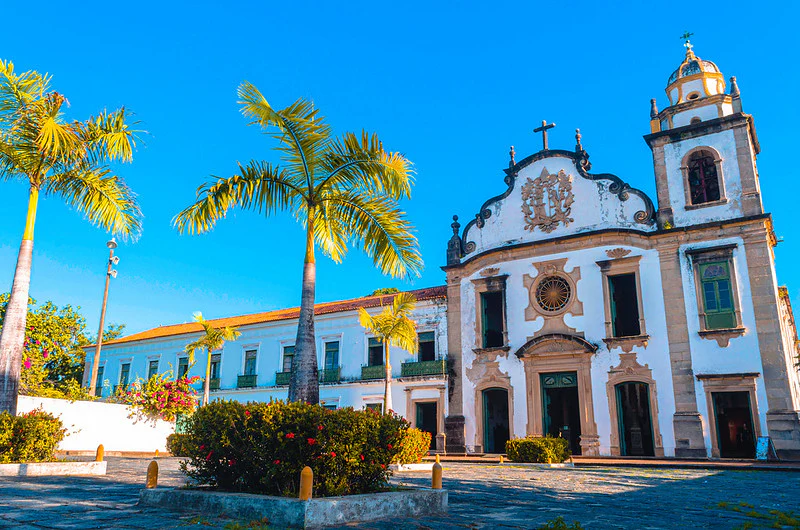
Final Thoughts about the 5 UNESCO Cultural Heritage Sites in Brazil
Brazil’s UNESCO Cultural Heritage sites are windows into its soul, offering a glimpse of its history, culture, and natural beauty.
Whether you’re admiring the baroque churches of Ouro Preto, marveling at the modernist wonders of Brasília, or feeling the rhythm of Salvador’s streets, each site promises a unique and enriching experience.
Start planning your trip today and uncover the treasures of Brazil’s heritage!
Which of these sites is on your bucket list?
Let us know in the comments or explore more on our blog for detailed travel guides.
FAQ:
1. What makes Ouro Preto a UNESCO World Heritage Site?
Ouro Preto is recognized for its well-preserved Baroque architecture and its significance during Brazil’s 18th-century gold rush. Its colonial churches and cobblestone streets reflect the era’s cultural and historical richness.
2. Why is Salvador’s Historic Center important?
Salvador’s Historic Center is celebrated for its vibrant Afro-Brazilian culture, colonial-era buildings, and unique blend of European and African influences. It’s a living testimony to Brazil’s multicultural heritage.
3. What makes the Sanctuary of Bom Jesus do Congonhas unique?
The Sanctuary is famous for its stunning Baroque art and the Twelve Prophets sculptures created by Aleijadinho, one of Brazil’s most renowned artists.
4. Why is Brasília listed as a UNESCO site?
Brasília represents a modernist urban design masterpiece by architect Oscar Niemeyer and urban planner Lúcio Costa. Its innovative layout and architectural significance earned it UNESCO recognition.
5. What is special about the Jesuit Missions of Guarani?
The ruins of the Jesuit missions, such as São Miguel das Missões, highlight the cultural exchange between European settlers and indigenous Guarani communities during the 17th and 18th centuries.
6. How can visitors explore Ouro Preto’s history?
Tourists can visit museums, colonial churches like São Francisco de Assis, and the former gold mines to learn about the city’s historical significance.
7. What’s the best time to visit Salvador’s Historic Center?
The best time is during February to coincide with the city’s lively Carnival celebrations or in winter months (June-August) for milder weather.
8. What other attractions are near the Sanctuary of Bom Jesus do Congonhas?
Visitors can explore nearby colonial towns like Ouro Preto and Mariana, which are rich in history and Baroque architecture.
9. What’s the significance of Brasília’s urban design?
Brasília’s layout resembles an airplane and incorporates distinct zones for government, commerce, and living spaces, showcasing a utopian vision of urban planning.
10. How can visitors experience the Jesuit Missions of Guarani?
Guided tours and interactive museum exhibits at São Miguel das Missões offer insights into the history and daily life of the Jesuit and Guarani people.



